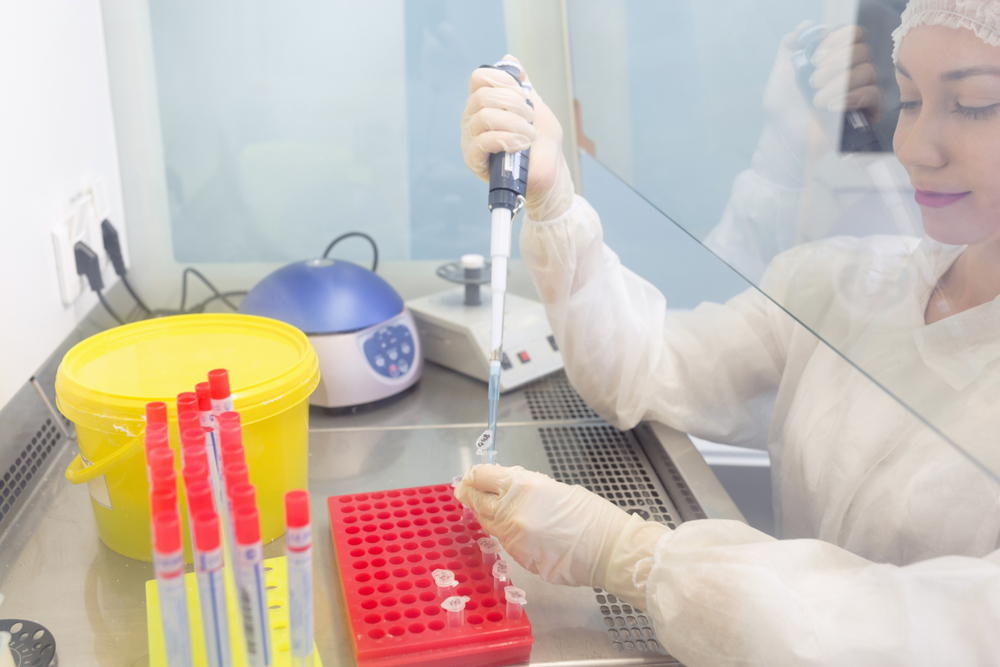Essential Diagnostic Approaches for Spinal Muscular Atrophy
This article explores key diagnostic methods for Spinal Muscular Atrophy (SMA), emphasizing early detection through genetic, electrophysiological, and biopsy tests. Recognizing SMA promptly can significantly impact treatment options and patient outcomes. The article highlights the importance of targeted diagnostics and understanding the disease's genetic basis for accurate diagnosis and management.

Essential Diagnostic Approaches for Spinal Muscular Atrophy
Spinal Muscular Atrophy (SMA) is a hereditary condition that impairs muscle control by affecting motor neurons in the spinal cord and brainstem. This neuron loss results in muscle weakness, atrophy, and physical challenges such as difficulty walking, sitting, or head movement. In severe cases, patients may experience breathing and swallowing difficulties.
Early Diagnosis of SMA
Detecting SMA promptly is critical to managing symptoms and improving outcomes. Diagnosis depends on identifying specific SMA types, which exhibit distinct symptoms. Medical history, physical exams, and targeted tests are essential for accurate diagnosis.
There are four main SMA types, each with unique symptom profiles. Diagnosis typically involves symptom observation, family history review, and diagnostic tests to exclude other conditions.
Genetic Analysis
Genetic testing plays a vital role in SMA diagnosis. It identifies mutations in the SMN1 and NAIP genes, which are associated with SMA development. This test is non-invasive and requires a simple blood sample for laboratory analysis.
Electrophysiological Assessments
These tests evaluate nerve and muscle function. Nerve conduction studies assess electrical signals traveling through nerves, while electromyography measures muscle activity. They aid in identifying nerve or muscle problems contributing to symptoms like weakness or numbness.
Muscle and Nerve Biopsies
When genetic tests are inconclusive, a muscle biopsy may be performed. This involves surgically removing small tissue samples from muscles or nerves for laboratory examination to detect disease markers.









